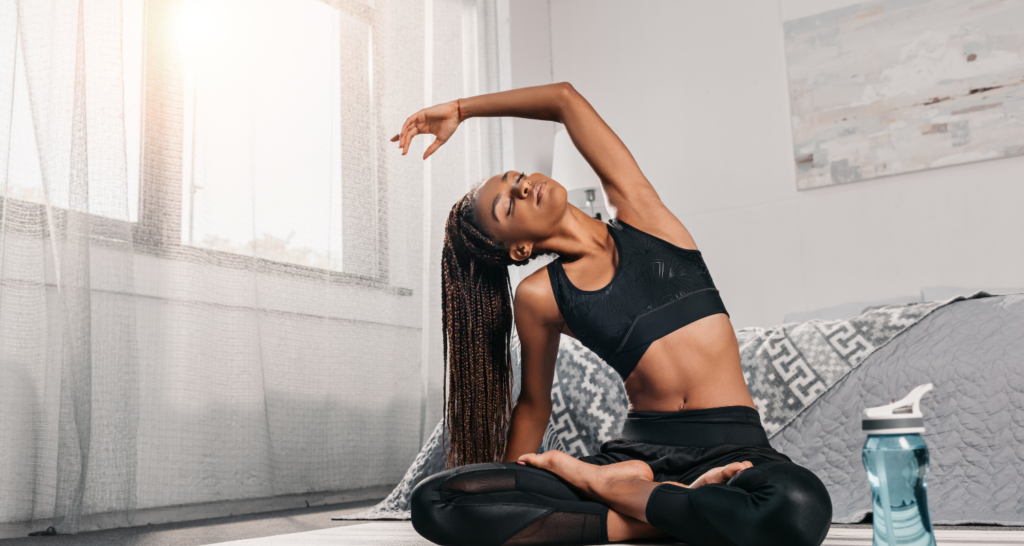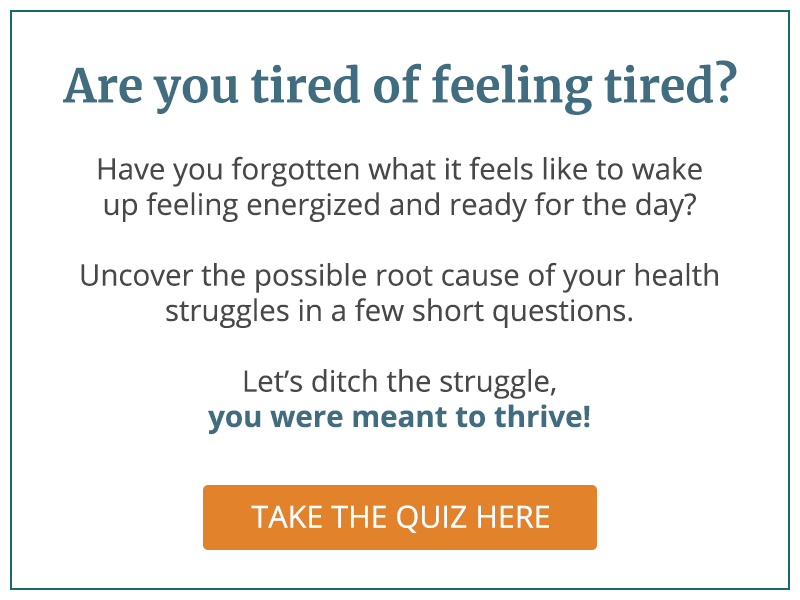I’ve been practicing yoga for years. For me, it’s the perfect combination of exercise and spiritual practice that’s easy to fit in just about anywhere. You need no equipment or special clothing to start a yoga practice. You don’t need to be flexible to start yoga, and you don’t even need very much space. Yoga can be done inside or outside in the sunshine. Depending on the day, you can even squeeze in some lunch break yoga outside and return to work without the need for a shower.
On top of all of those benefits, yoga is amazing for both the body and mind. People who regularly practice will gush about it — touting its ability to not only build muscle strength, but also help improve sleep quality and reduce pain.
But I’ve found that despite its explosion in popularity over the past decade, there are still many people who have misconceptions about it. Visions of having to fold themselves into a pretzel or sweating buckets in a hot yoga session stop them from at least trying this gentle and very accessible form of exercise.
So let’s bust through a couple of those myths, shall we? And even if you’re a seasoned yogi or yogini I’ve got some interesting yoga facts you may not already know.
What Exactly Is Yoga?
Yoga originated thousands of years ago in India. Most agree that there is no one person credited with “inventing” yoga. However, about 2,000 years ago, the basic tenets of yoga were compiled into a type of guidebook, known as the Yoga Sutra. This guide laid out the 8 basic parts of yoga:
- Social restraints (yamas)
- Observances or philosophical principles (niyamas)
- Postures (asana)
- Breathing (pranayama)
- Withdrawal and self-reflection (pratyahara)
- Concentration (dharana)
- Meditation (dhyani)
- Absorption (samadhi)
These days, what most people consider yoga (what you may encounter in a beginner’s yoga class, for example) involves mainly the postures or asanas. As your experience with yoga deepens, you will likely begin to involve breath work, concentration, and meditation as well as the other limbs of yoga into your practice.
In fact, the asanas are physical exercises that are designed to help you improve the strength of your body — and ultimately help you become a better meditator. In this way, starting your yoga journey with the asanas completely makes sense…But the best instructors will combine at least some breathing and meditation components, even for beginners.
The asanas, or postures, are meant to make you stronger, yes, but they aren’t usually part of an exercise routine that will leave you exhausted or depleted. Traditional yoga moves are gentle and you’re meant to build up your strength slowly and safely — working your way up to those complicated asanas that you may associate with yoga. No one starts off doing headstands or backbends in yoga.
Other, more “advanced” styles of yoga, like Ashtanga yoga, involve more difficult poses and movements, but again, these are things you can work up to if that’s what you enjoy. There are also “hybrid” yoga options that combine other forms of exercise with yoga asanas.

What Are The Benefits Of Yoga?
While yogis have been singing the praises of yoga for thousands of years, science has recently been backing up their enthusiasm with studies.
Yoga has been studied as a mind/body practice that helps:
- Weight loss
- Improve flexibility and range of motion
- Ease symptoms of depression and anxiety
- Increase overall wellness and health
- Reduce inflammation
- Alleviate stress
- Create better posture
- Sleep quality
- Bone density
- Relieve pain
- Stress management
Will Yoga Help Me Lose Weight?
Yoga’s been studied as a weight-loss tactic, and there’s evidence to suggest that it works. What’s more, rather than inducing dramatic and unsustainable weight loss, yoga has shown to help create healthier attitudes toward food and creating an overall healthy mindset and lifestyle…which as a doctor is music to my ears.
Mental Health Benefits Of Yoga
More than just exercise for your body, yoga benefits the mind as well. Studies show that regular yoga practice can help improve symptoms of anxiety, stress, and depression. And when yoga was introduced to kindergarteners twice a week for just 12 weeks, they actually exhibited better attention spans and less hyperactivity.
Yoga For Mind Body And Spirit
Overall, yoga is an amazing tool to help increase your health.
If you’ve been having trouble finding an exercise that works for your busy lifestyle, you can find yoga instruction galore on the internet. Experiment until you find someone who resonates with you and give it a try for a few weeks. Again — you don’t need more than a few feet of space to get started on improving your strength and flexibility.
Don’t skip the mental exercise that yoga provides, either. Having a sense of peace and calm that you can access at will is priceless, especially if you’re juggling many roles at a time — and aren’t we all?
If you’re looking for some more direction on yoga practices, or overall wellness, be sure to schedule a free call with me here. I’d love to help you on your path to better health.
References
“A Different Weight Loss Experience: A Qualitative … – NCBI – NIH.” 10 Aug. 2016, https://www.ncbi.nlm.nih.gov/pmc/articles/PMC4995338/.
“Yoga: What You Need To Know | NCCIH.” https://www.nccih.nih.gov/health/yoga-what-you-need-to-know.
“Systematic Review of Yoga Interventions for Anxiety … – PubMed.” https://pubmed.ncbi.nlm.nih.gov/26565100/.
“Yoga shown to improve anxiety, study shows — ScienceDaily.” 12 Aug. 2020, https://www.sciencedaily.com/releases/2020/08/200812144124.htm.
“The Effect of Yoga on Stress, Anxiety, and ….” https://www.ncbi.nlm.nih.gov/pmc/articles/PMC5843960/.
“The Efficacy of Yoga as a Form of Treatment for Depression.” 30 Jun. 2017, https://www.ncbi.nlm.nih.gov/pmc/articles/PMC5871291/.
“12 Weeks of Kindergarten-Based Yoga Practice … – NCBI.” 10 Apr. 2019, https://www.ncbi.nlm.nih.gov/pmc/articles/PMC6467975/.


